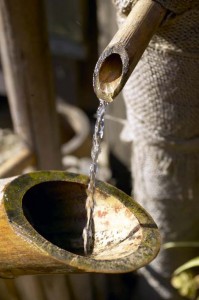- In the United States bringing water supply and sewerage infrastructure up to current standards will cost more than $1 trillion over the next 20 years, with hundreds of billions more required for dams, dikes and waterway maintenance.
- The World Business Council for Sustainable Development estimates that the total costs of replacing ageing water supply and sanitation infrastructure in industrial countries may be as high as $200 billion a year.
In most urban public water systems charges often barely cover the recurrent costs of operation and maintenance, leaving little or no funds to recover the capital costs of modernization and expansion. A survey of such systems in 132 cities in high-, middle and low-income countries found that 39% did not recover even their operation and maintenance costs (true of 100% of cities in South-East Asia and the Maghreb). - Moreover, water infrastructure deteriorates over time. Leakage (loss) rates of 50% are not uncommon in urban distribution systems.
- In rural areas neglect of operation and maintenance budgets and cost recovery contribute to widespread non-functionality. A recent survey of almost 7,000 rural water schemes in Ethiopia found that 30%-40% were non-functional. A shortage of finance for wages, fuel, materials and spare parts was a common factor.
- If estimates of current costs are correct, resources in the sanitation sector would have to be almost doubled to meet the 2015 target (although estimates of current spending probably underestimate the contributions by households to their own sanitation services).
- The World Health Organization estimates the total annual cost of meeting the 2015 Millennium Development Goal target for sanitation at just over $9.5 billion.
- If the full cost of tertiary wastewater treatment for waste streams in urban areas is added, the total rises to $100 billion, the current value of total annual official development assistance.
The section “Did You Know…?” is taken from the 3rd World Water Development Report “Water in a Changing World“.


